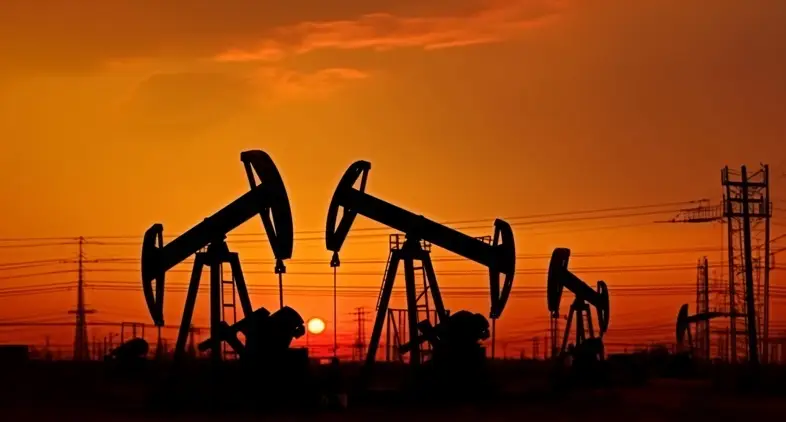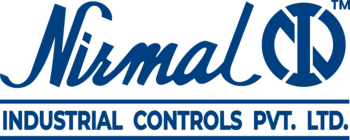
-
March 15, 2024
- 0 Comment
Navigating Upstream Valve Operations: Overcoming Challenges for Optimal Efficiency
In the complex world of upstream oil and gas operations, the reliability and efficiency of valves are paramount. Upstream valve systems play a crucial role in controlling the flow of fluids, ensuring safety, and optimizing production. However, these operations are not without challenges. This blog will explore some of the common hurdles faced in upstream valve operations and provide insights into overcoming them for enhanced operational excellence.
Harsh Environmental Conditions:
Challenge: Upstream facilities often operate in harsh environments, including extreme temperatures, corrosive substances, and challenging weather conditions. These factors can lead to accelerated wear and tear of valves, compromising their performance and longevity.
Solution: Investing in corrosion-resistant materials, regular maintenance, and employing protective measures such as coatings or insulation can significantly mitigate the impact of harsh environmental conditions. Routine inspections and timely replacements ensure that valves remain robust in the face of challenging surroundings.
High-Pressure and High-Temperature Environments:
Challenge: Upstream processes involve the handling of fluids under high pressure and high temperature. This puts immense stress on valves, increasing the likelihood of leaks, seal failures, and other operational issues.
Solution: Selecting valves designed for high-pressure and high-temperature applications is crucial. Regular testing, monitoring, and employing advanced materials, such as alloys and ceramics, can enhance the resilience of valves in extreme conditions. Additionally, implementing redundant systems and fail-safes adds an extra layer of protection against unexpected failures.
Remote and Inaccessible Locations:
Challenge: Many upstream operations are situated in remote or challenging-to-reach locations. This makes routine maintenance, repairs, and inspections logistically complex and expensive.
Solution: Embracing remote monitoring technologies and the Internet of Things (IoT) allows for real-time data collection and analysis. This facilitates predictive maintenance, enabling operators to address issues before they escalate. Additionally, investing in robust and easily maintainable valve designs can streamline on-site repairs and reduce downtime.
Regulatory Compliance:
Challenge: The oil and gas industry is subject to stringent regulatory standards, and non-compliance can result in severe consequences. Keeping valves in line with these regulations is a continuous challenge.
Solution: Establishing a comprehensive compliance management system that includes regular audits, documentation, and employee training is essential. Investing in valves designed to meet or exceed industry standards ensures that regulatory requirements are consistently met.
Cost Pressures:
Challenge: In an industry where cost control is crucial, valve-related expenses can be a significant concern. Balancing budget constraints with the need for high-performance valves is an ongoing challenge.
Solution: Implementing a life cycle cost analysis approach helps in evaluating the total cost of ownership, considering factors like installation, maintenance, and energy consumption. Opting for quality valves from reputable manufacturers may have a higher initial cost but often proves more cost-effective in the long run due to reduced downtime and maintenance expenses.
Upstream valve operations are at the heart of efficient and safe oil and gas production. By acknowledging and proactively addressing the challenges posed by environmental conditions, pressure, accessibility, regulatory compliance, and cost pressures, operators can ensure the longevity and optimal performance of their valve systems. Embracing technological advancements, robust maintenance strategies, and a commitment to compliance will pave the way for a resilient and efficient upstream valve operation.
